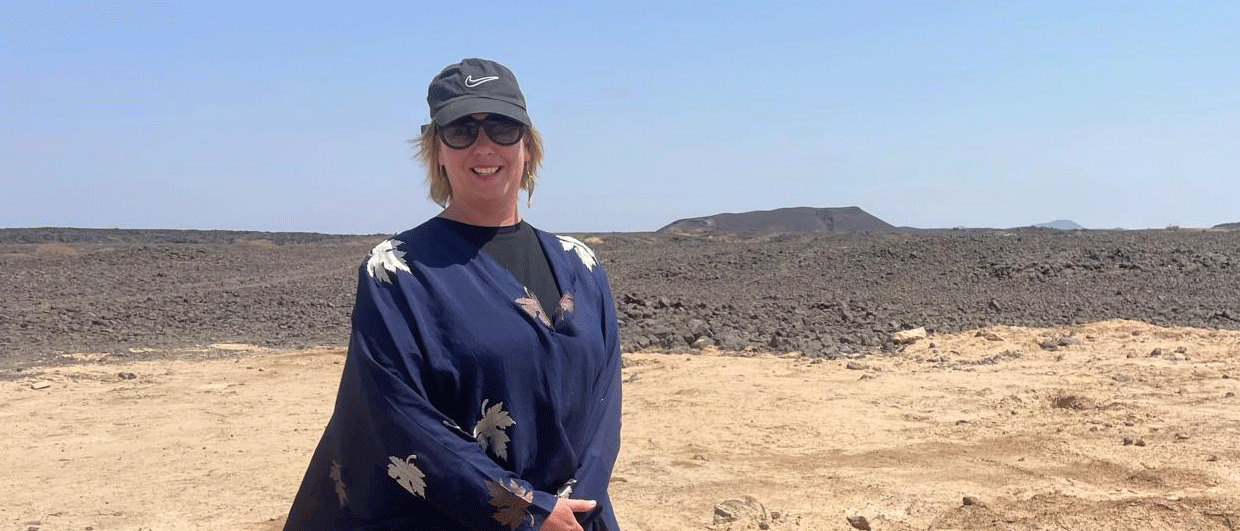The petrophysicist plans, interprets and analyses data from wells and ensures the output is in the most useful format for the recipient. This might mean planning a logging suite, requesting core to be cut over particular zones, requesting tests to be carried out at certain points, or over certain intervals, to get data on the pressure regime or fluid type and flow and perhaps requesting a sample of the formation fluid be obtained.
Once the data is gathered and available, I take any general information I already know from nearby wells, where available, and use the measured logs to produce an interpretation which is meaningful for the other disciplines. For example, rather than have a log which indicates the background gamma ray count in the well, I would output a Clay Volume ‘log’ using the gamma ray, neutron and density logs. Similarly, a porosity value and a fluid indicator is more useful to the other disciplines than the measured logs used to calculate the results.
In addition to the log analysis, other types of data can be crucial for understanding what the logs are showing us. Although core analysis usually takes a while, cores are the best indicator of what is actually present in the well. Core results from the core, both routine and special analysis, would then be integrated with the log analysis. It might be an excellent match, or alternatively it might indicate differences; for example, something too small for the log resolution may be present, possibly a particularly high or low permeability feature which is an important piece of information for the reservoir engineer. The slabbed core itself shows us the lithology at that particular location and might also give indicators of deposition type, erosive surfaces, fracturing or diagenesis, which might not have been obvious from logs alone.
Test data is also incorporated into the interpretation. Pressure data is used to identify fluid type and perhaps fluid contacts, and can also indicate vertical barriers at the well location where different pressure regimes can be seen, or compartmentalisation within a field where the pressure regime varies between wells. Well test data can also indicate changes in permeability and fluid.
Integrated Teams
I generally work in an integrated team with a geophysicist, geologist and reservoir engineer. The log interpretation provides a depth reference for the geophysicist, to reduce uncertainty around depth conversion at the well location. The acoustic and density properties from the logs will also be used by the geophysicist for identifying properties which might be evident in seismic data, helping to map the property. Well data provides the geologist with reference points in a field which might be correlated and which might indicate features which were not visible on seismic data, such as a subseismic fault which could dramatically change the overall picture of the area around the well. The reservoir engineer wants to know where fluids are and how they will flow and the petrophysical data gives some of the properties which need to be applied to the structural data.
Working as a petrophysicist means that I have varying amounts of data to work with – from only two logs and nothing else to a full suite of logs plus core and test data. This can be quite challenging since the other disciplines require my input. Occasionally I have to provide interpretations and updates as the well is being drilled since some decisions have to be made as the well progresses – that gets the adrenaline flowing!
Other disciplines might say the same, but the petrophysical data links everything together. This is measured data that tells us what is really present in the well and how it is behaving at that point in time, giving the best reference point for the other disciplines.





